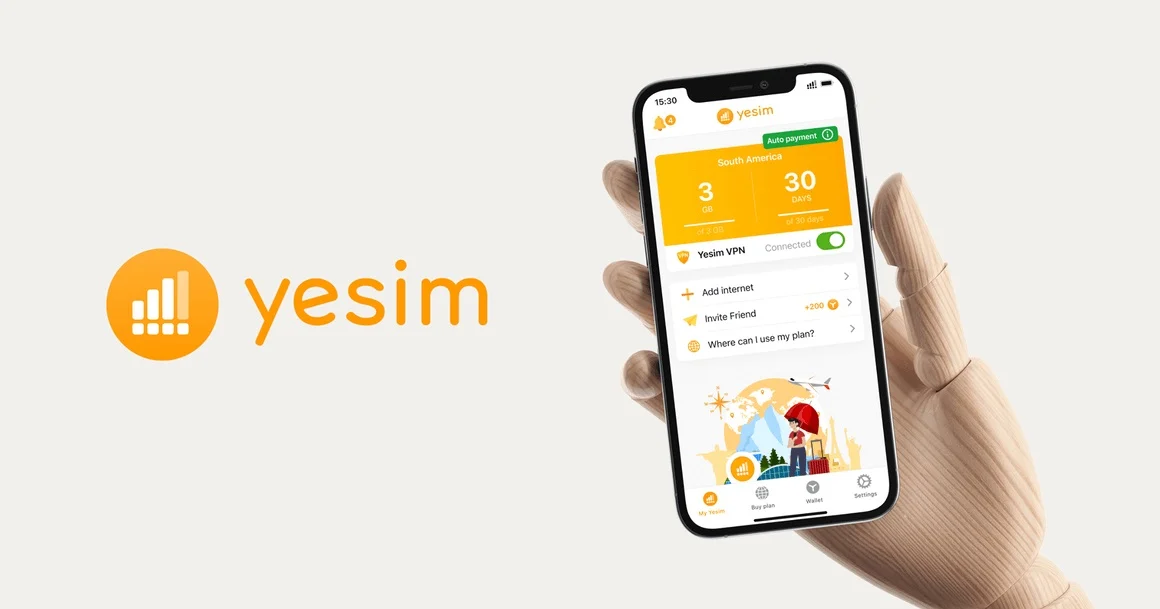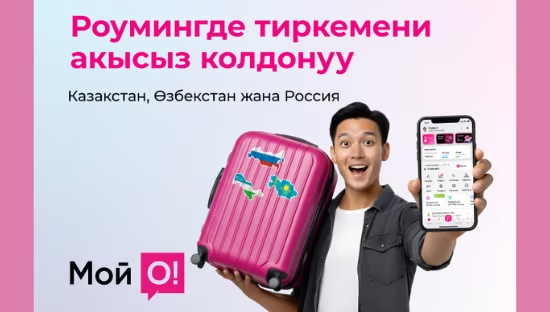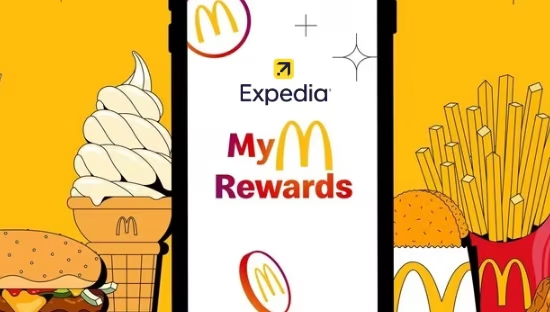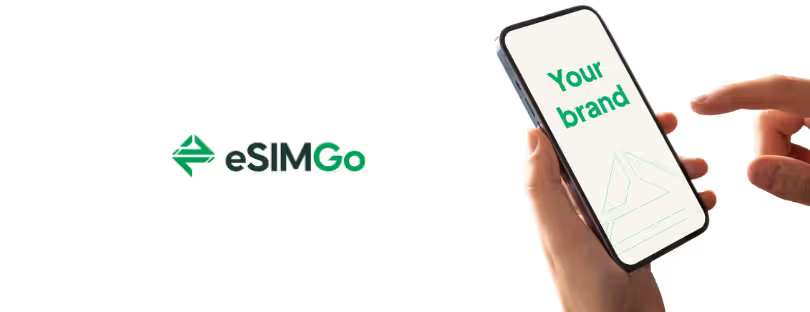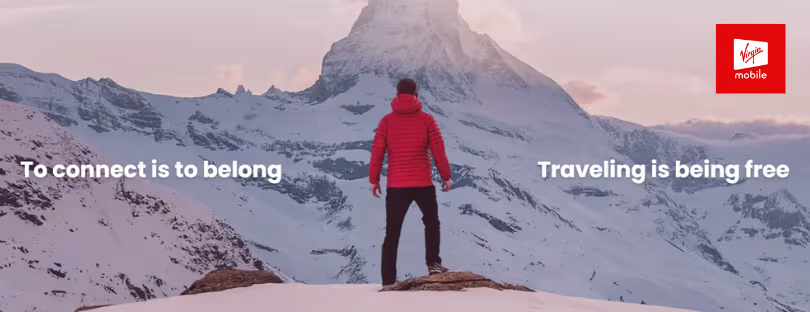
From SIM Cards to Service Desks: The Hidden Battle in the eSIM Industry
For years, international roaming was controlled entirely by mobile operators. If you travelled abroad and your phone didn’t connect, your only option was your home telecom provider. There were no instant fixes, no live chat, and no quick refunds. You waited on hold, paid for international support calls, or were told to “visit the nearest store when you return home.”
Roaming was expensive and slow to resolve, and customer service was never designed for someone stuck in an airport with no internet at 3 a.m.
eSIMs changed that completely.
Instead of depending on one operator, travellers can now choose from dozens of digital providers. Everything happens online — you scan a QR code or install a profile in an app, and you’re connected within minutes. But this also changed expectations. If an eSIM doesn’t activate, people don’t wait days for email replies. They expect instant help. They expect live chat, WhatsApp replies, refunds that don’t require 20 emails, and someone who actually understands the problem.
Traditional telecoms still have strong infrastructure and long-standing roaming agreements, but their support is often slow, closed during weekends, or focused on domestic issues rather than travellers abroad. eSIM providers, on the other hand, built their business around travel — support is faster, more flexible, and available when travellers actually need it. That’s why customer service became the real difference between providers, not just price or data volume.
eSIMs Are Simple… Until They Aren’t
Most providers promise instant connectivity and “activation in 1 minute.” That’s technically true. But here’s the thing: travel rarely goes as planned.
- Your phone refuses to accept the QR code.
- The eSIM installs, but no data.
- You accidentally delete it while switching phones.
- You bought the wrong plan — or worse, the wrong country.
These aren’t rare scenarios. They happen every day. And in those moments, the landing pages, comparison charts, and fancy discounts don’t matter. You just need someone to help you connect. Now.
When Customer Service Becomes the Product
As travel eSIMs become mainstream, four critical “moments of truth” define whether a user ever buys from that provider again:
1) Activation and device setup
The QR code doesn’t scan. The phone says “no network”. Is the device carrier-locked? Is eSIM disabled in settings? This is where good providers show their value—offering instant chat support, step-by-step visuals, and automatic device checks before purchase.
2) Connected but no internet
Full signal, zero data. Often it’s APN settings or the phone automatically connecting to a weak partner network. Good providers solve this in minutes. Poor providers send generic emails days later.
3) “Why can’t I get verification codes?”
Many users don’t realise data-only eSIMs don’t support SMS or calls. That means no banking OTPs, no WhatsApp re-verification, no iMessage activation. Reliable providers explain this upfront or offer temporary numbers. Others only respond when the user is stuck abroad with no access to banking apps.
4) Refunds and failed activations
This is where trust is lost or won. Some providers say, “Send us proof — we’ll refund you today.” Others hide behind terms and conditions. In a market built on digital trust, refund speed is part of customer service.
Why Expectations Are Sky-High Now
Three big shifts changed everything:
- Travel eSIM adoption is exploding. Juniper Research expects over 200 million users by 2028. The more mainstream it gets, the less tolerance users have for technical problems or slow replies.
- EU’s Roam-Like-at-Home changed behavior. Europeans are used to regulated, shock-free roaming inside the EU. They now expect similar fairness and transparency when using eSIMs abroad.
- Outages get global attention. When a network goes down, users expect real-time updates, compensation, and honesty. Silence is no longer acceptable—and eSIM brands relying on those networks must communicate better, not hide.
Telecoms Then vs. eSIM Providers Now
This is the key difference you asked to highlight — not just comparing brand types, but how the whole industry mindset shifted.
Before:
- Telecoms owned the SIM, the network, the roaming deal, the support.
- Roaming issues were treated like billing problems, not travel emergencies.
- Support was slow, phone-based, and only available during office hours.
- No refunds if roaming didn’t work — it was “your responsibility”.
Now:
- Travellers can switch to a new provider in minutes — no contracts, no stores.
- eSIM providers don’t own networks, but they own the user experience.
- Support is digital: live chat, WhatsApp, Telegram, 24/7.
- Refunds, instant fixes, and proactive communication are expected.
- Telecoms are trying to catch up — launching their own travel eSIMs — but still move slower than digital-first brands.
What “Good” Customer Service Looks Like in 2025
- Quick, human replies — not automated “We’ll respond in 48 hours.”
- Guides with screenshots and device-specific solutions.
- Network troubleshooting tools inside the app.
- Multilingual support—not just English.
- Clear refund rules, processed quickly.
- Real-time status pages during outages.
- Metrics like “activation success rate” and “first response time” are watched like revenue numbers.
We had researched eSIM providers and customer support. Check out the results.
Conclusion—The Real Competitive Advantage
In the eSIM industry, customer service isn’t an afterthought — it is the product.
Telecoms still own the infrastructure, but travellers don’t care who owns the tower. They care who helps them when their phone stops working in a foreign country. eSIM providers win not because their data is cheaper, but because their support is faster, clearer, and built for travellers.
With eSIM adoption growing and competition increasing, the winners won’t be the ones with the lowest prices — they’ll be the ones who reply first, solve problems quickly, and make travellers feel safe staying connected anywhere in the world.





